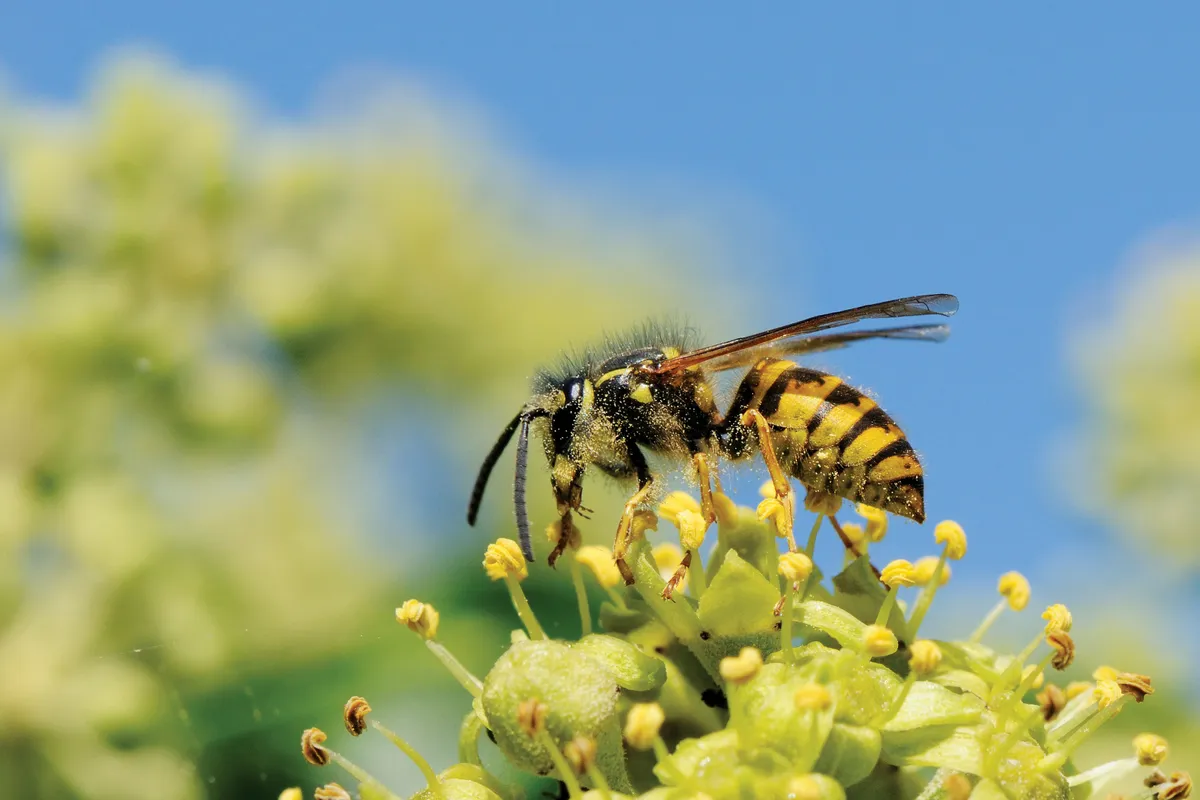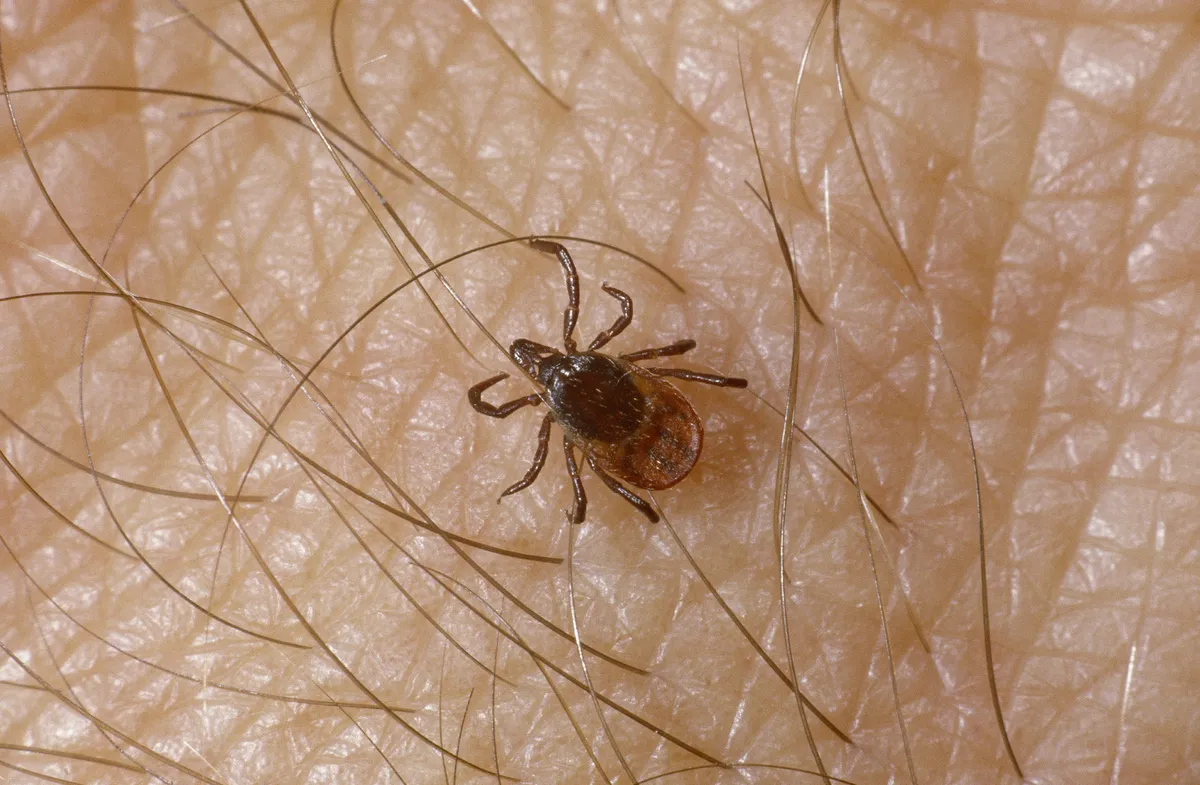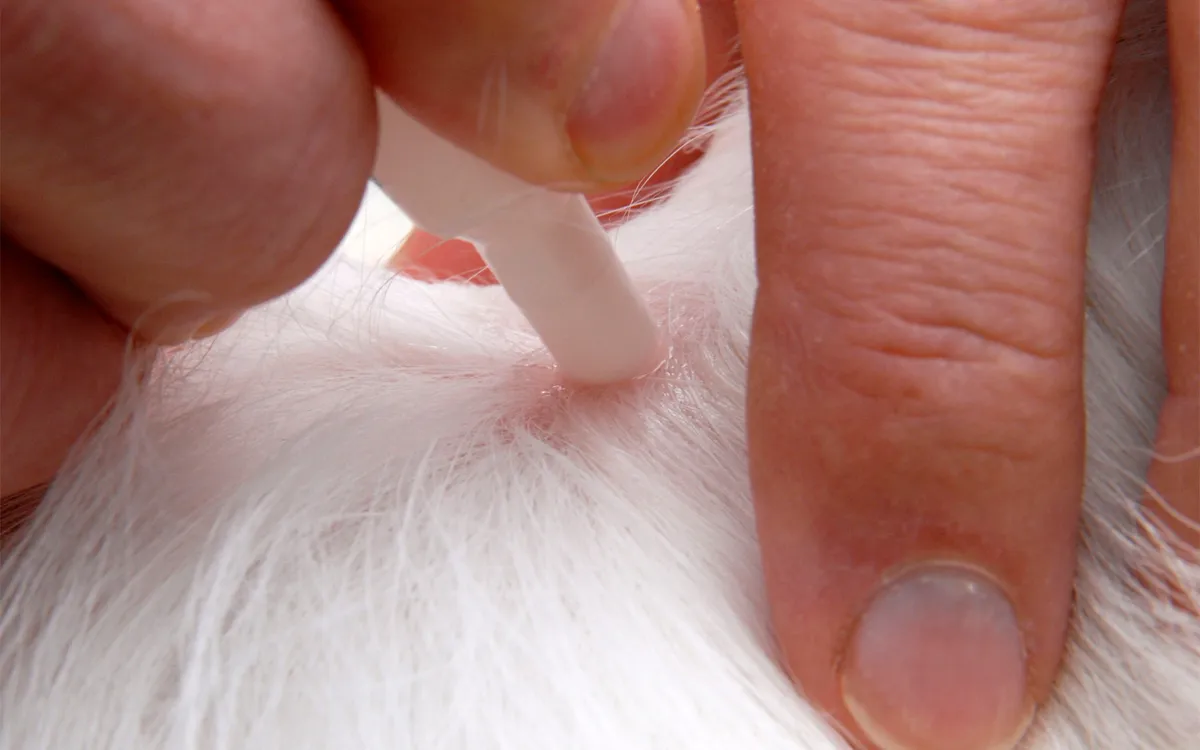The UK Health Security Agency confirmed today (5 April 2023) that the first case of a potentially deadly rare tick-borne encephalitis virus (TBEV) is now present in the UK after it was found in a man in Yorkshire.
According to Health officials, there have been three cases of probable or confirmed tick-borne encephalitis in England since 2019, including one linked to the Yorkshire area in 2022. The virus has also been detected in the Hampshire and Dorset regions, and the Norfolk and Suffolk border, but is likely to be present elsewhere as the tick species that carries the virus is widespread in the UK.
What are ticks?
Ticks are blood-sucking parasites known as parasitic arachnids that belong to the spider family. They are placed only behind mosquitoes in the disease transmission stakes, spreading infectious disease to humans and animals, and from one mammalian host to another.
What is tick-borne encephalitis virus (TBEV)?
The tick-borne encephalitis virus (TBEV) is a virus carried by ticks and is commonly found worldwide, including many European countries. It can cause a range of diseases, from completely asymptomatic infection, to mild flu-like illness, to severe infection in the central nervous system such as meningitis or encephalitis. Symptoms of this are similar to other causes of meningitis, and can include a high fever with headache, neck stiffness, confusion or reduced consciousness.
Although we usually associate ticks with warm summers and lush, long grass, tick numbers are rising across the UK as a result of changing climates and habitats – and an increasing numbers of hosts. Ticks are so small that they can be mistaken for a freckle, but they can also cause Lyme disease – a bacterial infection which affects humans and animals and can be treated with antibiotics if caught early but can be fatal in the worst cases.
As a result, the UK Health Security Agency is advising people to take simple precautions to avoid tick bites when spending time outdoors by carefully checking themselves for tick bites and seeking medical advice if they develop symptoms.
Learn more about how to identify ticks, how to avoid being bitten and treat tick bites in our expert guide. Plus, find tips on how to protect your dog from ticks.

What do ticks look like?
There are three types of tick commonly found in the UK: Ixodes ricinus (the sheep/deer tick); Ixodes hexagonus (the hedgehog tick) and Ixodes canisuga (the British dog or fox tick). Ticks can live for up to three years and will feed on the blood of a single host in each of their life stages – as larvae, nymphs and adults. While living on their host, they will also find a mate with whom they will reproduce.
Before they have fed on the blood of their host, ticks are so tiny they can be mistaken for a speck of dirt or a poppy seed. A tick remains attached to their host for approximately five days while feeding. After feeding, adult ticks become lighter in colour and can be the size of a small pea.

How to avoid and treat tick bites
- As ticks are more common in woodland and heath areas, consider wearing long-sleeved tops and trousers rather than shorts. If you can, walk on paths, avoiding long grass or verges. Wearing light-coloured clothing will help you easily see ticks.
- Using repellent is also advised. Popular choices are DEET and Permethrin, a clothing-only repellent that kills ticks on contact.
- Check your whole body carefully after returning from every walk and remove any tick you find carefully.
- To remove a tick from yourself or your pet, use fine-tipped tweezers or a tick-removal tool, not your fingers. Pull the head of the tick firmly and steadily, without twisting it excessively, as this could increase the risk of infection or some of the tick being left behind.
- Gardeners can prevent the spread of ticks in their garden by keeping lawns short and raking up leaf litter. Creating a buffer zone between habitats that ticks like and your lawn with wood chips and gravel.
- It is important to properly deal with the site of the tick after it has been removed. Apply antiseptic and beware of a rash.
- If you can, keep the tick in a sealed jar. That way, if you or your pet develops an infection, you can take the tick, to the doctor or vet and they can test the tick for disease.
Where are ticks found?
Ticks usually live in woodland and heath areas, and like warmer and wetter weather conditions. The increase in wild deer numbers has also contributed to a rise in the number of ticks, as they like to live on the skin of wild deer.
The places we frequent with our dogs during their training or whilst walking commonly have heather, bracken, grassland or woodland. These are generally prime habitat for ticks, but with vigilance and care, there are precautions we can take to minimise the risks, such as covering up bare skin and using repellent. It is also important to check bare legs and arms after a walk for ticks.

What does a tick bite look like?
A tick bite looks like a pink or red circular ‘bull’s-eye’ rash that develops around the area of the bite. Tick bites are not usually painful, as a tick’s saliva contains anaesthetic.
What are the warning signs of Lyme Disease and how is it treated?
Not all ticks are infected, but the most common disease caused by a tick is Lyme disease, which can be fatal in the worst cases.
In 2013, there were 1,200 confirmed cases of Lyme disease – a sharp increase from only approximately 200 cases per year in the late 1990s.
It is worth noting that symptoms of Lyme Disease can take between three days to six weeks to appear after a tick bite. Other than the bite bull's-eye rash other noticeable signs of infection are flu-like symptoms and fatigue.
If you suspect a person has been bitten by an infected tick it is vital to see a medical professional as soon as possible for a professional diagnosis and treatment.

Lyme Disease is treatable with antibiotics if diagnosed early, but if left untreated, neurological problems and joint pain can develop months or even years later.
What are the health risks to your dog if it is bitten by a tick?
But what does this mean for our dogs? Veterinary nurse Laura Hawkins guides us through what ticks are, how to spot signs of infection and what you can do to protect your dog from these parasites.

Ticks can transmit a wide variety of diseases through their saliva. The most commonly known is Lyme disease, which can cause long-term illness to both humans and dogs and is caused by infection with bacteria called Borrelia burgdorferi. Symptoms include fever, loss of appetite, fatigue, lameness, and swelling of joints and/or lymph nodes and glands.
More recently, Babesiosis has also reared its ugly head. Previously only found abroad, there have now been three reported cases of the disease in the UK. This disease is fatal to dogs and can be for humans, too. There are currently no vaccines available against it. Symptoms might include lethargy, pale gums, jaundice, red/brown urine and fever.
How can tick bites be prevented in dogs?
Prevention of such diseases is crucial. Recent studies show that the tick will only release saliva into the host at the second stage of feeding, which comes after 24 hours. So if we can remove ticks within this time frame it massively reduces the chance of infection.
Of course, reducing the likelihood of ticks attaching themselves to our dogs in the first place is the most preferable scenario. There are several products available to dog owners that will kill ticks within 24 hours (the desired time frame) but also repel ticks and stop them biting in the first place. The latter helps further protect our dogs in the rare event of a tick becoming attached after spending time on another host, and therefore potentially nearing the stage at which it is ready to release saliva. Spot-on treatments, sprays and collars are designed to impregnate the fatty layer of a dog’s skin, so they can act as a repellent or is consumed by any feeding ticks, which are killed shortly after.
Regularly checking dogs pays dividends and is good practice in general, helping you to spot any abnormalities as quickly as possible. Bear in mind that ‘unfed’ ticks are very small and far less noticeable than those which have been attached for a while with blood-swollen abdomens. The characteristic rash associated with Lyme disease and often observed around the site of a tick bite in human cases, is generally not seen in dogs.

How to remove a tick
If a tick is found, it is vital that it's removed correctly. However, early removal is only helpful if done properly, and the tick remains without releasing the saliva that carries disease.
A tick hook offers the best method of removal. The small device fits under the body of the tick and is used in a slight twisting motion to ensure both the head and legs of the parasite are removed intact with the body. A tick should never just be pulled off, burnt or ‘suffocated’ using Vaseline etc, as this can cause further problems.

When ticks become stressed, they will release saliva, which is exactly what we are trying to avoid. If the body is pulled away and the head left in the dog, saliva will be released, whilst the head can cause infection, irritation and lead to an abscess.
At the end of the day, there is no fail-safe way of protecting our dogs from ticks, but we can, through preventative and precautionary measures, give our faithful friends the best chance possible.
